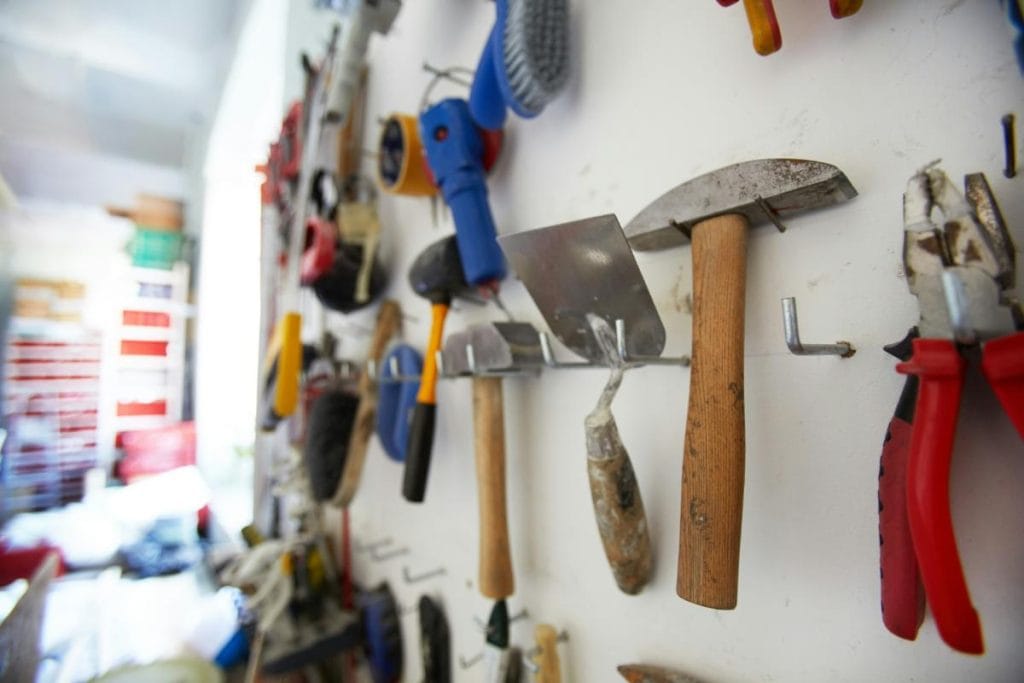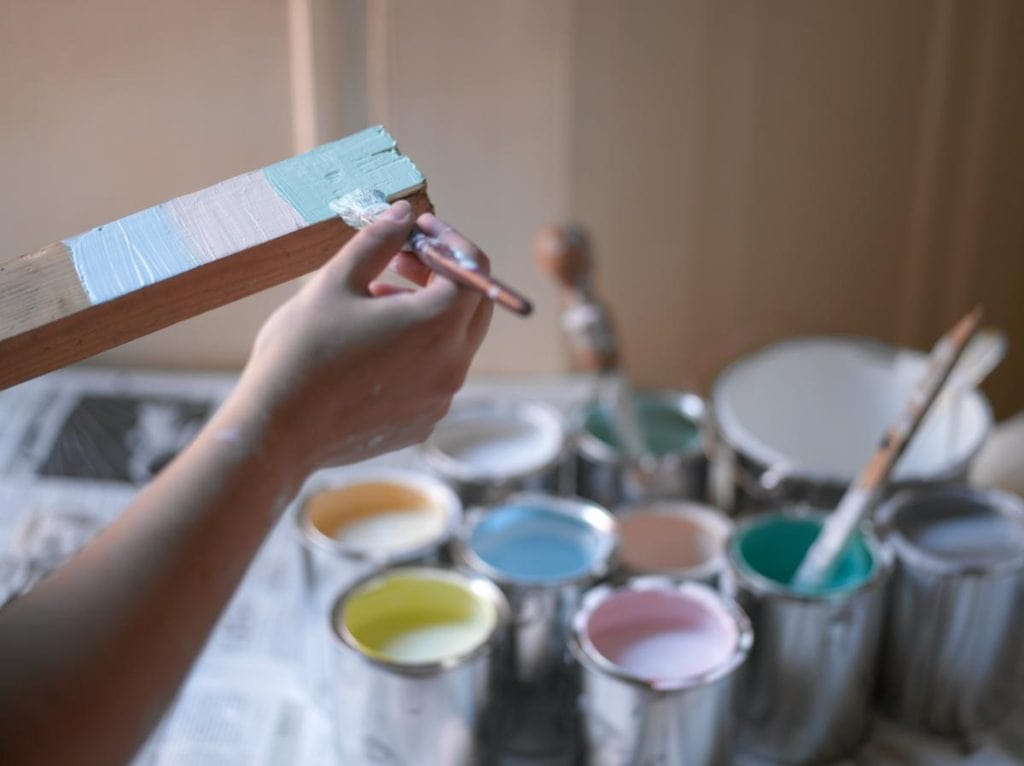Are you itching to flex your creative muscles and try your hand at a do-it-yourself project? DIY projects can be a fun and fulfilling way to add personal touches to your home or create unique gifts for loved ones.
Well, starting on your first DIY endeavor might feel a bit overwhelming. Where do you begin? What supplies do you need? How do you ensure success? Read on to discover 7 tips that will help you get started with your first DIY project.

Gather All Necessary Tools and Materials
Before beginning any DIY project, gather all the necessary tools and materials in advance. You can purchase coach bolts, coach screws, and nyloc nuts with Fixabolt or any other reputable online supplier. Make a list of safety items (gloves, goggles, etc.), tools (drills, saws, etc.), and materials (wood, paint, screws, etc.) that you will need.
Double-check your list and organize your workspace so that everything is easily accessible. Consider setting up a dedicated space for your project to keep things organized and focused.
Choose a Simple Project
As a beginner, it’s best to start with a simple project that doesn’t require advanced skills. Maybe a DIY wall art piece or a basic piece of furniture, like a small table or shelf. After you have honed basic skills, you can even take care of more complex projects like building a deck or making intricate jewelry.
Starting with something too complex can lead to frustration and discourage you from future projects. The best course of action is to start small and work your way up to more challenging projects as your skills improve.
Follow a Detailed Plan or Tutorial
Nowadays, you have YouTube videos, step-by-step tutorials, and online guides that can help you with almost any DIY project. Take advantage of these resources, and look for a detailed plan or tutorial for your specific project.
Reliable instructions help you understand the process and reduce the likelihood of mistakes and unexpected issues. Some platforms even offer community support, allowing you to ask questions and get feedback from more experienced DIY enthusiasts. By sticking to a plan, you’ll build confidence in your abilities and increase the chances of completing a project you’re proud of.
Work in a Well-Organized Space
The secret to a successful DIY project is a well-organized workspace. First, make sure you have enough room to move around and work comfortably. You’ll also want to declutter the space so that you can easily locate tools and materials as needed. Invest in a few cabinets, shelves, or storage bins to keep everything neat and tidy.
Having a designated area in your garage for each tool or material will help prevent confusion and save time during your project. It’s also important to keep the space clean as you go, minimizing the risk of accidents and making it easier to focus on the task at hand.
Take Your Time
Why rush through a DIY project when you can take your time and enjoy the process? Working too quickly can result in mistakes, frustration, and potentially unsafe conditions. Take breaks when needed to avoid burnout and give yourself enough time to complete the project without feeling rushed.
Remember that DIY projects are meant to be fun and rewarding, not stressful and overwhelming. Especially if you are dealing with a complex project, it’s best to take your time and enjoy the creative process.
Involve Friends or Family
DIY projects can be more fun when you involve friends or family members. Working together not only makes the project go by faster, but it also allows for shared learning experiences and bonding time. It’s a great way to introduce kids to life skills and create memories together.
Plus, having extra sets of hands can be helpful when working on larger projects that require heavy lifting or precise measurements. Just make sure everyone is on the same page with safety precautions and expectations before starting.
Learn from Mistakes
No DIY project is without its share of mistakes, in particular when you’re just starting. View these slip-ups as learning opportunities rather than setbacks. Analyze what went wrong and think about how you can prevent similar issues in the future. This reflective process will help you develop your DIY skills and become more adept at handling challenges.
Don’t be afraid to experiment and take risks, as some of the most creative solutions come from unexpected errors. Even seasoned DIY enthusiasts encounter problems, but their experience in troubleshooting and adapting makes them more successful. Embrace your mistakes with a positive mindset, and you’ll continue to grow and improve with each project you undertake.

Your first DIY project is rewarding, but a little intimidating, to say the least. By following these tips—gathering the necessary tools, choosing a simple project, following a detailed plan, working in an organized space, taking your time, involving others, and learning from mistakes—you set yourself up for success. At the end of the day, the most important aspect is to enjoy the journey and the satisfaction that comes from creating something with your own hands.
